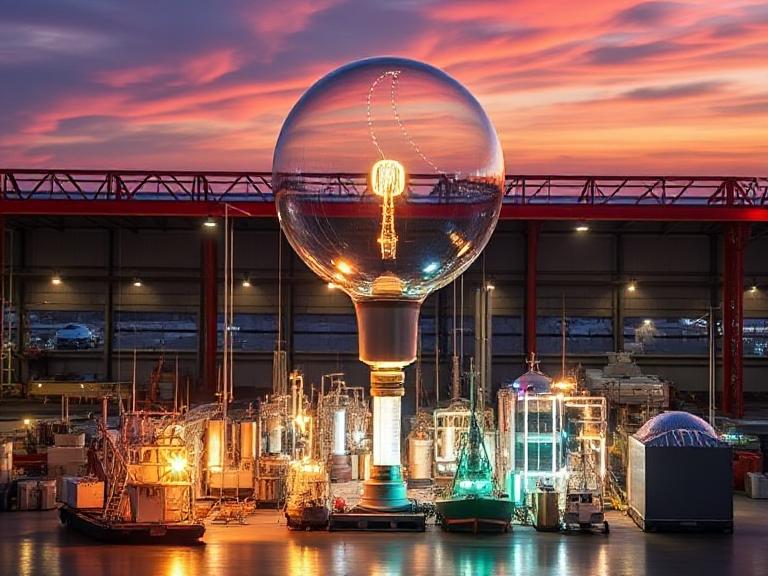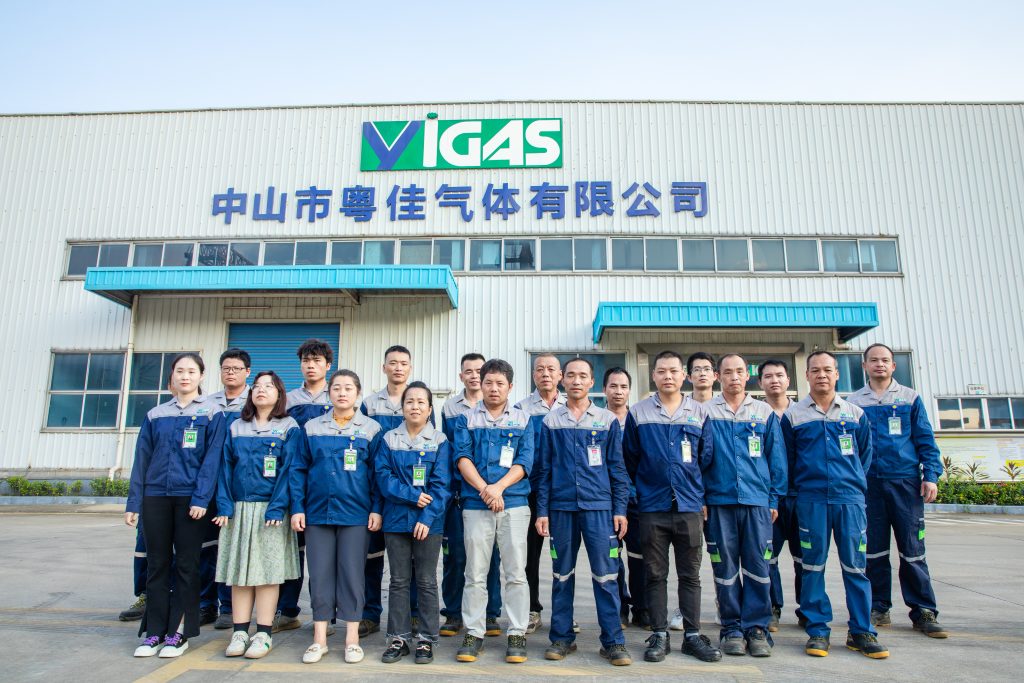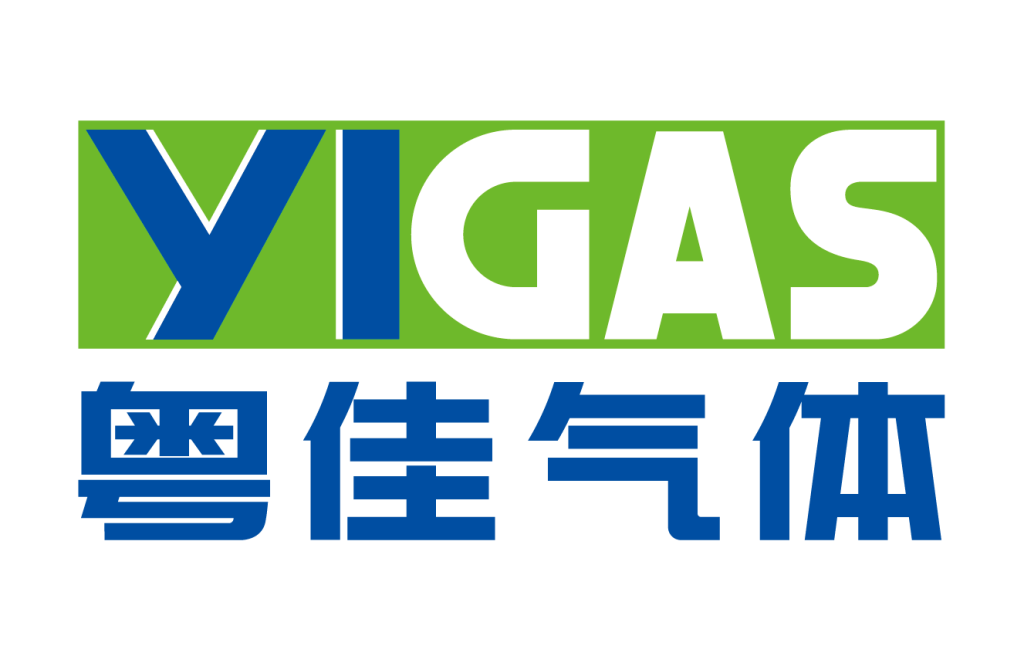Table of Contents
- Introduction
- Criteria for Ranking Suppliers
- 1. Air Liquide
- 2. Air Products and Chemicals
- 3. Qatar (RasGas/QatarEnergy)
- 4. ExxonMobil (Wyoming’s Shute Creek)
- 5. YIGAS GROUP (China)
- Market Trends & Supplier Outlook
- Conclusion
- Summary Table
Introduction

Helium is vital across industries—from MRI machines and semiconductor manufacturing to aerospace and scientific research. Known for being a rare, non-renewable gas, helium supply is globally constrained. In 2025, just a few major companies dominate the market. Here we profile the five largest helium suppliers based on production volume, market share, and geographic impact.
Criteria for Ranking Suppliers
- Annual helium output
- Production infrastructure (liquefaction plants, extraction capacity)
- Global distribution footprint
- Certifications & quality standards
- Investment in sustainability and innovation
1. Air Liquide
Headquartered in France, Air Liquide is the world’s leading industrial gas company and major helium producer. It operates multiple helium plants and distribution centers globally, with strong expansion in the Middle East, Europe, and the U.S.
2. Air Products and Chemicals
Based in the United States, Air Products plays a central role in helium supply—with extensive infrastructure in North America, Europe, and Asia. It engages in strategic helium partnerships, including joint ventures in Qatar.
3. Qatar (RasGas / QatarEnergy)
Qatar, via its helium plants under RasGas and QatarEnergy in Ras Laffan, accounts for about 25% of global helium supply—making it the second-largest exporter.
4. ExxonMobil (Shute Creek, Wyoming)
ExxonMobil’s Shute Creek Facility in Wyoming is the single largest helium extraction plant, representing ~20% of the global supply—~1.4 Bcf annually.
5. YIGAS GROUP (China)

YIGAS GROUP is a major Chinese helium producer. With ISO-certified operations and China’s only private liquid helium filling base in Zhongshan, YIGAS produces ~600,000 m³/year and serves domestic and international markets.
Market Trends & Supplier Outlook
- Rising demand: Semiconductor, MRI, aerospace—global needs growing projected up 2035.
- Supply constraints: Major fields like Wyoming’s Shute Creek have long lifespans, but reserves remain limited.:
- New developments: Additional sources in Russia, Algeria, “green” basins (e.g. Tanzania).
- Reserves & stockpiles: U.S. federal stockpiles now privatized; strategic reserves being developed.
Conclusion
The helium market is led primarily by Air Liquide, Air Products, QatarEnergy, ExxonMobil, and China’s YIGAS, together contributing the vast majority of global production. With demand rising due to cutting-edge industries and medical applications, supply diversification and sustainable practices are more critical than ever. The dynamic between established giants and emerging “green” sources will shape the future supply landscape.
Summary Table
| Supplier | Share of Global Supply | Key Facilities | Strength |
|---|---|---|---|
| Air Liquide | ~20‑25% | Helium plants across Europe, Middle East, U.S. | Global infrastructure, sustainable initiatives |
| Air Products | ~15‑20% | U.S. production; Qatar ventures | Tech partnerships, global reach |
| QatarEnergy / RasGas | ~25% | Ras Laffan Helium 1 & 2 | Large-scale liquefaction, consistent capacity |
| ExxonMobil | ~20% | Shute Creek Plant, Wyoming | Largest single extraction site |
| YIGAS GROUP | 2–5%+ | Zhongshan Liquid Helium Base | China domestic leader, ISO-certified |

